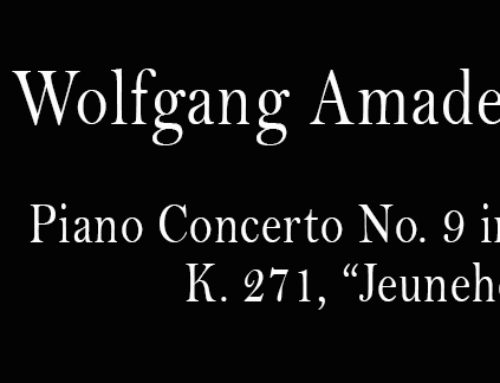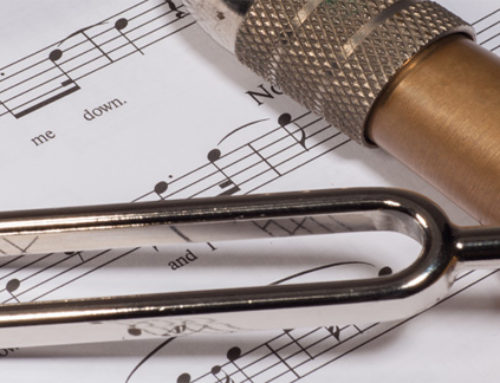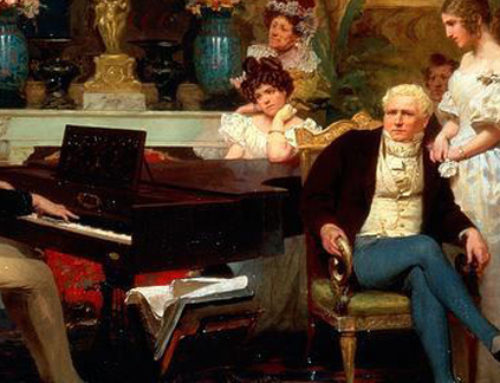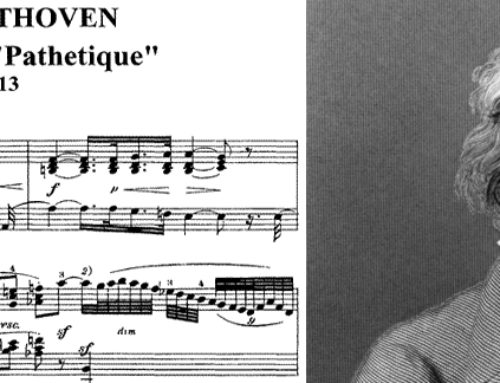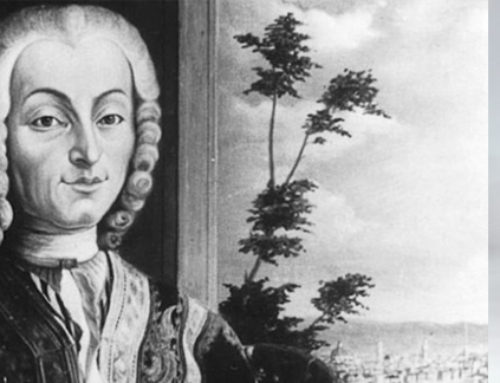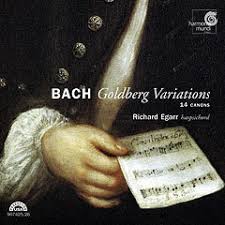 Johann Sebastian Bach published The Goldberg Variations, BWV 988, in 1741. Although it was the first and only of Bach’s works of this kind, it is considered today to be one of the best examples of variation in existence.
Johann Sebastian Bach published The Goldberg Variations, BWV 988, in 1741. Although it was the first and only of Bach’s works of this kind, it is considered today to be one of the best examples of variation in existence.
Specifically written for the harpsichord, The Goldberg Variations consist of 30 variations and an aria. The composition was named after Johann Gottlieb Goldberg, who is reported to have summoned Bach to write the pieces and is purported to be the first to perform them. The tale of their origin, largely undocumented and unproven, has been questioned but has never been fully discredited.
Johann Gottlieb Goldberg was receiving musical instruction by Bach during his travels with Count Kaiserling, the Russian ambassador to the electoral court of Saxony. Frequently ill, the Count who also suffered from insomnia, would summon Goldberg to play for him during his sleepless nights. The Count expressed to Bach his desire for Goldberg to play pieces that were smooth, yet lively enough to cheer him up. Bach answered the request by writing Goldberg’s Variations, which were well received and frequently requested by the Count. To express his gratitude, the Count paid Bach handsomely, giving him a gold goblet filled with 100 French coins, or louis-d’ors. Some claim that the composition has proven to have far greater value over time.
While most of Bach’s works were published after his death, the Goldberg Variations were published during his lifetime by Balthasar Schmid, who used engraved copper plates to produce the composition. Today, there are 19 copies of the first edition in existence.
Nineteen copies of the first edition survive today. Intended for a two-manual harpsichord, the Goldberg Variations has been performed many times on both a single-manual and two-manual piano. The Goldberg Variations begin with an aria, but the variations follow a different melody based on its chord progression and bass line. Consisting of 30 variations, every third is a canon that follows an ascending pattern. Between the canons are variations are different patterns, including a fughetta, French overture, Baroque dances, and ornate areas. Upbeat tempos referred to as arabesques are repeated nine times throughout the composition. The majority of the variations are written in G major, with the exception of three—variations 15, 21, and 25 are G minor. Each variations follows the structure of the aria, with two 16- bar halves.
The Goldberg Variations conclude with an Aria da Capo e fine, calling the performer to repeat the aria at the beginning of the composition.
In 1974, Bach’s copy of the Goldberg Variations was found. This copy included a fourteen canon appendix based on the aria’s first eight bass notes. Numerous translations and adaptations have been developed and published.
Click here to learn more about the services Robert’s Piano Services offer.
Call 408.375.3612 today for a free consultation to determine your piano’s needs and create a personalized tuning and servicing schedule based on your piano’s age, condition, usage, and environmental factors.
专业钢琴调音师
钢琴调音器
钢琴维修
钢琴检查

